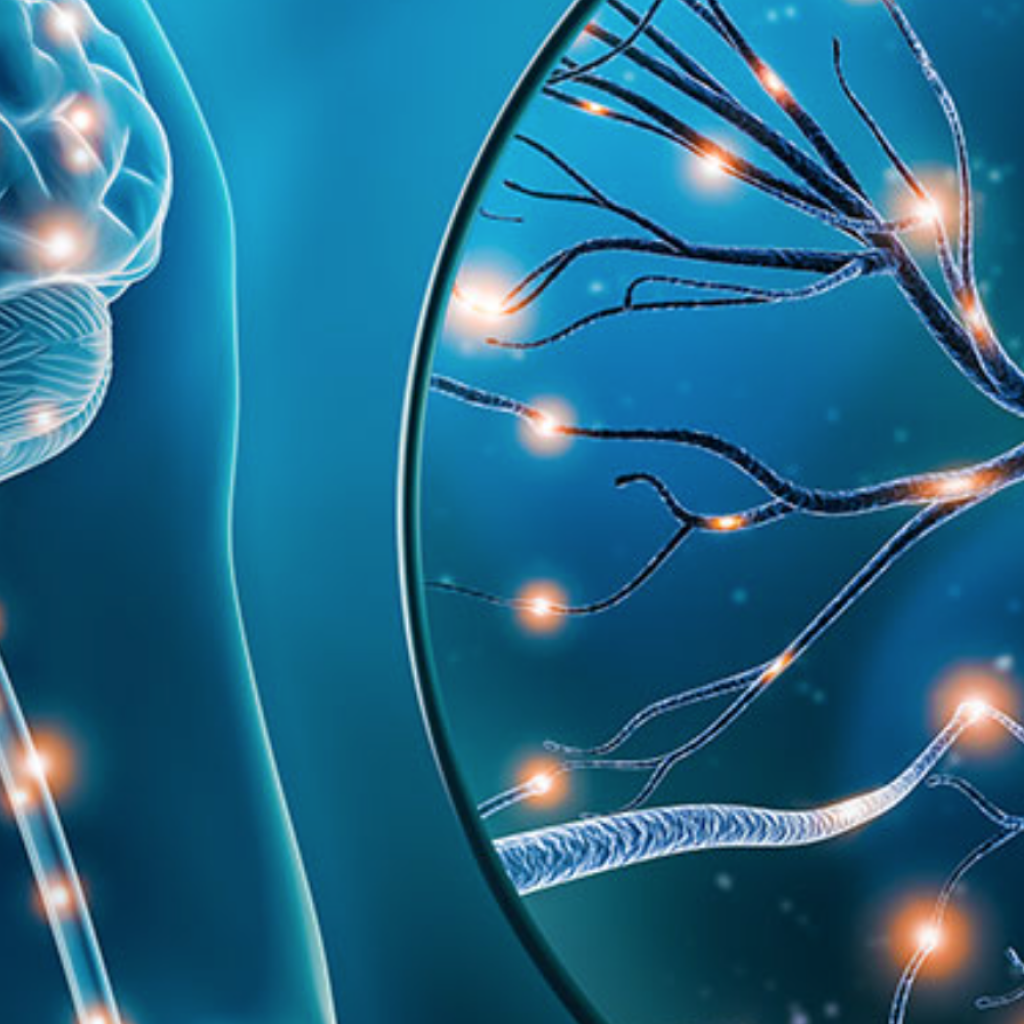The power of sound keeps growing in it’s application. Most recently, sound waves have made groundbreaking clinical implications.
… We’re far from the days where sound healing therapy was referred to as impossible. Those days aren’t completely over, but we’ve still made tremendous strides from where we used to be.
Check out these interesting clinical applications of sound therapy, circulating in today’s news.
Stanford published a study this past week, revealing that acoustic waves have the ability to monitor physiological functions. Because ultrasounds have gained such a large reputation for providing accurate images deep within the body, only using powerful waves, Stanford’s discovery for sound powered devices isn’t too hard to believe. The study revealed that a tiny chip could be created and inserted into the body, that’s able to be powered by sound waves. In this way the chip can be controlled and change its function from monitoring blood pressure, to blood sugars and even incidences of incontinence. The ultimate goal for this clinical application is to create something unnoticeable and non invasive, that also has the ability to sufficiently operate in the body for an entire lifetime if needed. As long as there is sound, this newfound physiological monitoring device can do its job.
Another recent use of sound in the world of medicine, is the ability to turn electrical waves into sound we can see and hear. The idea behind this new technology is that if brain waves can be essentially “heard”, then we can start listening for brain waves corresponding of seizures. To be able to control seizures of powerless children or aid in the recovery of someone who has suffered such a fate, is tremendous. Scientists who created this device, Christopher Chafe and Joseph Parvizi believe that life destroying incidents like seizures have a warning sound, and if we listen we can change it’s entire trajectory. This device is also noninvasive, operating as a headband able to receive brain signals from outside of the body and emit them to be transcribed for treatment. Check out the study here: Putting sound and acoustics to work in medicine | Stanford Medicine
Perhaps most shocking, there has been a discovery of that pesky hum that’s emitted when flies or mosquitoes are around. It turns out that these hums can be unique to species of insects, and as a result can be used to track and monitor entire populations of insects… based on the hum of their wings. Manu Prakash, inventor of this revolutionary idea, hopes that this technology will create a way to help control disease brought on by mosquitoes, essentially controlling the population as needed. In places where West Nile virus is running ramped, an invention like this has the potential to save hundreds of thousands of lives. However… the hum of a flying insect will always, always be painfully annoying.
Finally, a study published by the Complementary Medical Association has brought to light the benefit of using harp music on intensive care unit patients. While sound healing therapy has gained more acceptance in recent years, ever arising peer reviewed studies are always appreciated in such a field. This particular study focuses on sounds ability to create a healing space for the body by measuring change in blood pressure, or physiological metrics. A harp was placed for patients in an ICU, and was found to elevate low blood pressures and lower blood pressures that were out of a safe range. We always hear that sound therapy has healing properties, but here’s the data to prove it. Of the newfound discovery, leaders of the study declared, ““Harp music is very relaxing, but I am excited to see what our data shows with regards to heart rate variability and oxygen saturation.” Such implications have major potential to become mainstream, first lines of treatment and promise inexpensive, accessible life changing benefits… benefits we don’t traditionally see with current applications of medicine.
Because sound healing has never officially been recognized as the life saving treatment option it really is, we’re excited to see studies being performed to bring it to light. We can only hope that these studies are continued, replicated, and used in the involvement of new treatment options. For now, even if there are a few naysayers on the magnitude of sound… the use of sound to control populations of species, interpret brain signals, and even monitor physiological function… is undeniably fascinating.



